- Leitz the microscope manufacturer
- Oskar Barnack
- Pré production cameras
- Productie cameras: the Leica I
- The rangefinder cameras
- Early Leica Lenses
- Accessories
- Literature
1 Leitz the microscope manufacturer
Leitz, the manufacturer of the Leica (LEI..TZ CA..MERA) has its roots in the 19th Century. Karl Kellner begins an optical industry in Wetzlar. In 1869 Ernst Leitz I becomes the executive director and the name is changed in Leitz. The company was well known for their precision microscopes.
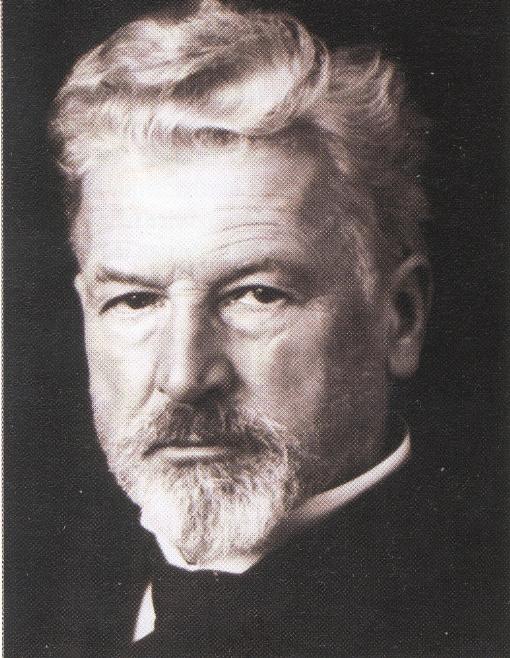

2 Oskar Barnack

In 1911 Ernst Leitz I hired the then 31 old Oskar Barnack as its head of Research and Development at the factory of Leitz in Wetzlar. Before that he worked at Carl Zeiss. Oskar was an amateur photographer and in the weekends he liked to stroll in the hilly landscape of Wetzlar (70 km north of Frankfurt). In those days good cameras were big and heavy. As he suffered from asthma, it was not easy for him to carry all his photographic equipment during his photo trips. Hence he started to think about a 'Lilliput' camera. Such a camera should combine a good photo quality and a small design.

By 1914 he developed a camera that used the perforated movie film. He didn’t use the film in ‘portrait’ format, but in landscape format. Thus twice as much “data” could be stored on the negative compared to what the movie cameras could store.
This format later on became known as 35 mm format (the present full frame format). This camera is known as ‘Ur Leica”.
For a short video on Oskar Barnack reference is made to:
https://www.youtube.com/watch?v=eF1-XTx8nCI&feature=youtu.be
He himself made many photos with this camera and Ernst Leitz took it on his visit to New York in 1914.
Early Leica pictures
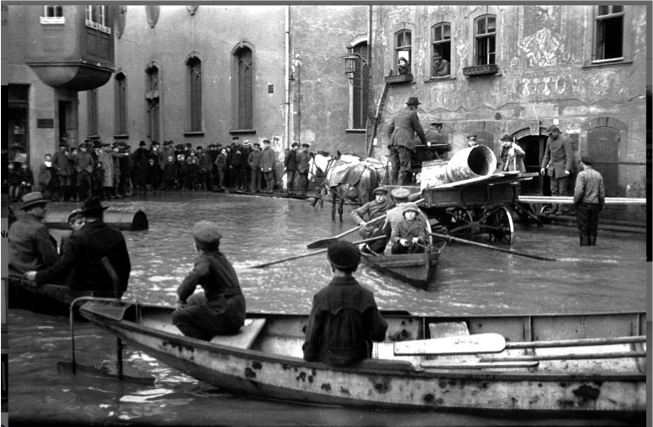

World war 1 caused Leitz to stop further development of the camera as they developed and manufactured military optical equipment.
3 Pré productiecameras
Not until 1920 Oskar Barnack could make new developments to ‘his’ camera. The result was a series of 25 to 31 cameras for test purposes (The so called null series).
These cameras are now the most expensive camera’s that are offered at auctions. March 10 2018 Westlicht sold one of these pré production cameras for 2 million Euro, excluding auction fees.

Leitz asked Photo journalists to test the camera. They suggested improvements and hence these pré production cameras differed in many ways from each other.
One of the differences with the final production cameras was the finder. In stead of the sports finder of the null series the production camera had a so called torpedo type finder. Another improvement was the self capping when the next image was transported.
The Leica 1 production model was a result of the developments of these null series.
4 Productiecameras: the Leica I
In a board meeting in june 1924 many pro’s and cons of taking the camera into production were discussed. Ernst Leitz II him selves decided to go for it with these words: “My decision is final; we’ll take the risk.” Times were hard for Leitz in those days and Leitz wanted to save jobs for his employees.


The Leica 1a is a very practical camera. With its collapsible lens it could easily be stowed in the pocket of a blazer. The lens couldn’t be exchanged and it was almost always an Elmar 5cm f= 1:3,5. The speeds are between 1/20 and 1/500 sec. The camera is easily recognized for its ‘hockeystick’, which is the infinity lock. The camera was taken into production in 1925, although many parts were manufactured in 1924. With a number of detail changes it was produced until 1930. The last Leica 1 was sold in 1936.
In total some 60.000 Leica 1 a camera’s were sold.
On a regular basis you may find camera’s that look like a Leica II or III, with a serial number that in the range of the Leica 1a camera’s. These are camera’s that were transformed by Leitz into a newer model. Leitz offered this service until the beginning of the fifties.
Rare is the Leica type B. Technically the camera was quite different from the type A. Instead of the focal plane shutter this Leica 1b had a central (Compur) shutter, build into the lens. The advantage of this option is that it had slower speeds between 1 and 1/20 second. A big disadvantage is that there is no coupled shutter cocking an film transport. This way double recording of a negative was easy.

In 1931 Leitz started the production of the Leica I type C. The production of type A was reduced.

Type C has interchangeable lenses. Leitz sold 3,5 cm and 13,5 Elmar lenses. The tolerances in the early production process were quite big. Therefor the first Type C cameras had lenses that were specifically calibrated to that individual camera. Leitz engraved the last three figures of the serial number of the camera in the lens mount. After 2700 cameras the production process was under control and it was not necessary anymore to align a lens to a specific camera. All newly produced cameras and lenses could be used together.
5 The rangefinder cameras
In order to focus, all Leica 1 models, had to estimate the distance. Also a separate rangefinder could be used.
For taking pictures this is either un reliable (Estimate the distance) or complicated (rangefinder). Therefor Leitz introduced the Leica II in 1932.
The Leica II was equipped with a coupled rangefinder. Leica still uses this system for their newest digital Leica M cameras.
The ease of use improved considerably with the coupled rangefinder. The camera still was very compact, also compared to other 35mm cameras such as the Contax 1 of Zeiss, which had much more square design than the Leica.
Shutterspeeds were identical to the Leica I type A en C.

In 1932 Leica introduced the Leica Standard in succession of the Leica 1 type C to the market. The major difference is the smaller and extensible rewind knob. The Leica Standard lacks the coupled rangefinder.
In 1933 Leitz marketed the Leica III. This camera was almost identical to the Leica II. Apart from the new long shutter speeds the image in the rangefinder could be adjusted to the individual eye. Thus one could take of his glasses during focussing. The Leica III had longer shutter speeds than the 1/20 second of the Leica II. In these days the film sensitivity was quite low. Comparable to 20 ISO. Therefor long exposure times were of great importance. The longer shutter speeds can be operated through a knob in the front of the camera, up right from the lens.

In 1933 the Leica IIIa saw the light of day. This camera differed from the Leica III by the fact that it had an additional shutter speed of 1/1000 sec. The developments in the film emulsions improved not only the fine grain, but also the film speed. Also faster Leica lenses were developed. Especially for sports photography faster shutter speeds were important.
Any early Leica had the characteristic black enamel lacquer of the plate work and the nickel plated operating dials. As of 1934 customers could also choose the mat chrome top and bottom plate and operating dials. In the mid thirties chrome cameras were sold more than the black ones.
.
6 Early Leica Lenses
Max Berek

The same role Oskar Barnack played for the design of the Leica, Max Berek played for the development of the early Leica lenses. Het was a physician who developed a polarization microscope. He was a man who made the complex calculations for lens systems with more than one glass element, in the evenings at home. He had to make these calculations by hand and with a slide rule. Leitz was one of the first optical companies to use a computer for these calculations. That was in the fifties, and Max Berek already died in 1949.
Without these trendsetting lenses the Leica 35 mm cameras could have never delivered the high quality of the resulting pictures.
Berek developed the famous Elmar 5 cm f = 1:3.5 standard lens that made his entry already in the Leica 1. The lens was in production until 1966.
For the Leica 1 type A and B only a 5cm lens was available. The first 144 Leica 1A cameras have been equipped with an Anastigmat lens. The next 713 cameras had an Elmax lens (5 elements). By far the most Leica 1A models were equipped with the Elmar lens. Later on the Hektor 5cm f = 1:2.5 came available as an option on the Leica 1A. 1330 Leica 1A cameras were supplied with this faster lens.
With the birth of the Leica 1 type C and the other Leica’s with interchangeable lenses Leitz was forced to develop quite a number of new lenses in a short period of time.
In the thirties these lenses were:
Wide angle lenses:
Hektor 1:6,3 2,8 cm
A very small but sharp little lens
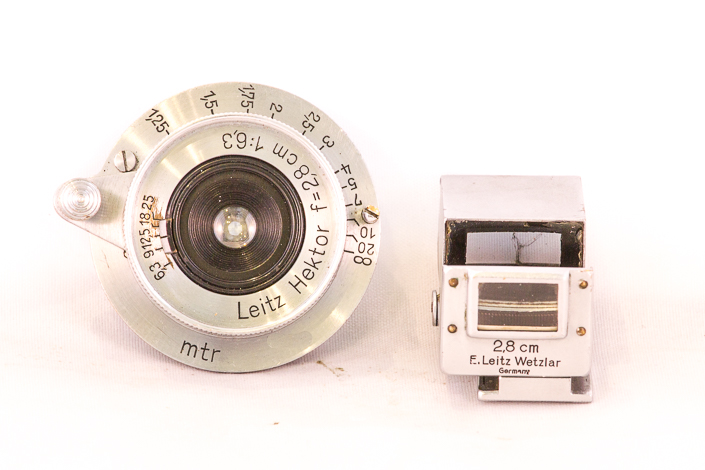
Elmar 1:3,5 3,5 cm
Many people still use a 3,5 cm lens as their standard lens on their new Leica’s
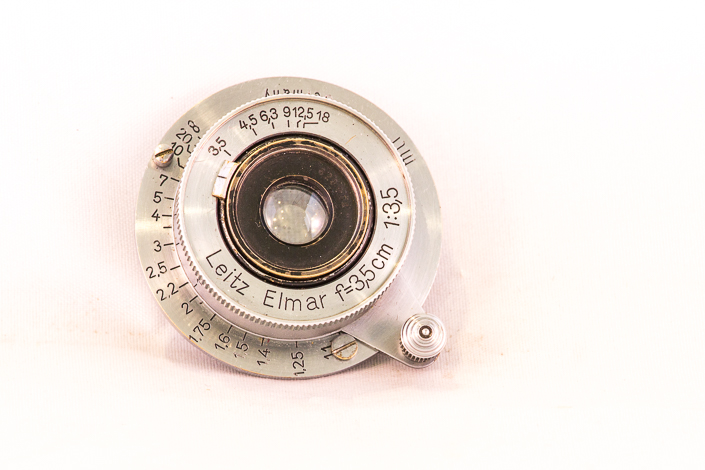
Standaardlenzen
Xenon 1:1,5 5cm
Schneider has developed this fast lens.

Summar 1:2 5cm
The precursor of the famous Summicron 5 cm lens.
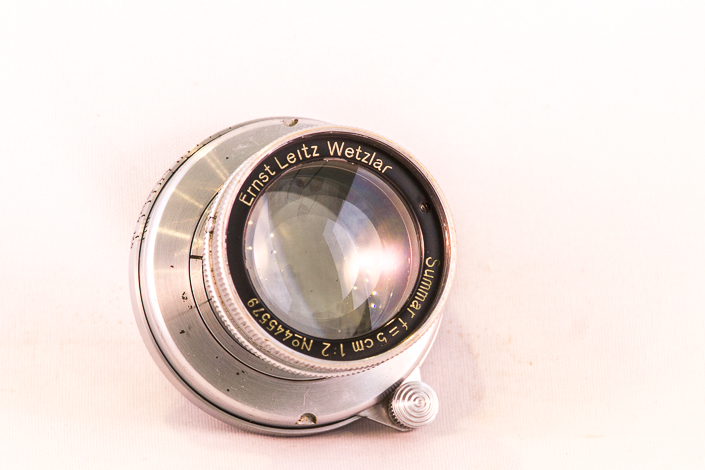
Hektor f:2,5 5 cm
Fully open the lens is very soft, by which its greater speed than the Elmar 1:3.5 was not an improvement.
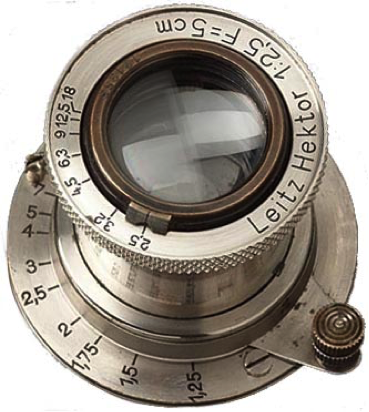
Elmar f:3,5 5 cm
The famous Standard lens developed by Max Berek.

Telelenzen
Hektor 1:1,9 7,3 cm
In those days this was a very fast short tele lens. It had a distinct soft character and a very own bokeh.

Thambar 1:2,2 9 cm
Especially used for portrait photography because of its soft focus abilities.

Elmar 1:4 9cm
There is a ‘Fat’ and a normal version.


Elmar 1:6,3 10,5 cm
Called the Berg (Mountain) Elmar. It was very well suited for mountaineering by its light construction and small tele design.

Elmar 1:4,5 13,5 cm
Predecessor of the Hektor 1:4,5 13,5 cm

Hektor 1:4,5 13,5 cm
A very acceptable tele lens
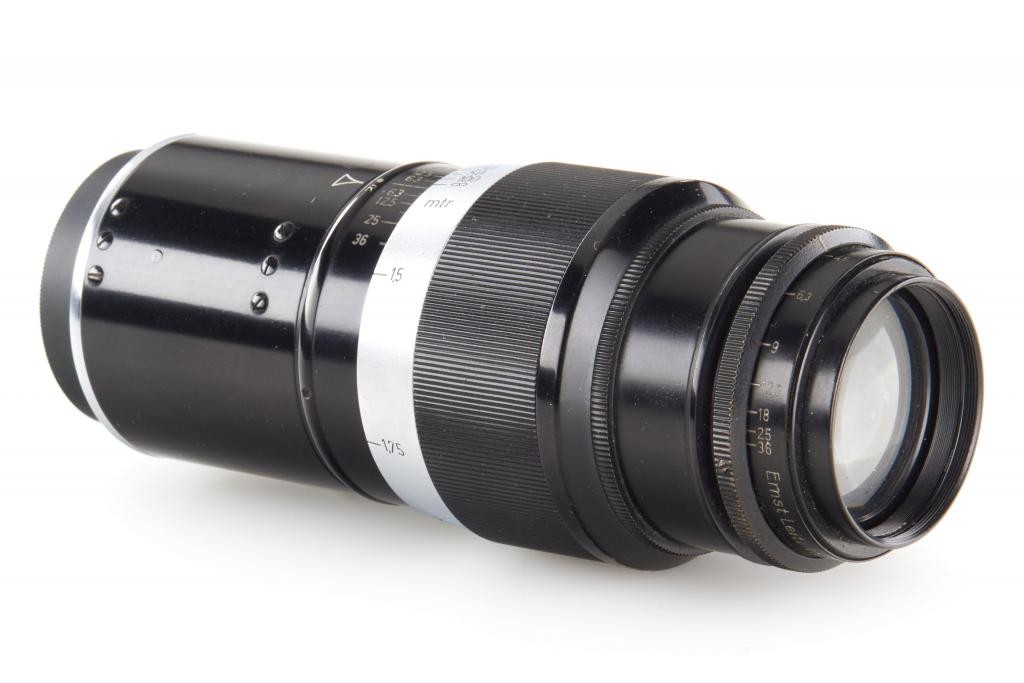
Telyt 1:4,5 20 cm
The film emulsions of those days were to grainy to fully utelize the sharpness of this lens.
The lens had to be focussed by means of a reflex house.

All these lenses can still be used on modern analogue and digital Leica M cameras.
Leitz experimented with different glass types and lens designs. All lenses were uncoated.
7 Accessoires
From the start many accesoiries were available for the Leica cameras and lenses.
Cases
For almost every camera and accessory Leitz developed a case. There were cases with different depth of the front. nose, depending on the fact if the lens was a retractable one or not. If the camera had a fast winder (Leicavit or SNOOC) in the bottom plate, a special case was made. For many other accessories and lenses special cases were made. Also outfit cases were available. A complete Leica system with one or more camera, lenses, filters, film rolls, reflex houses received its own secured place in these cases.
Leitz manufactured all these leather cases itself and I assume that the leather department of the company was responsible for an important part of the sales of the Leitz Company.
Just like with the production of the cameras Leitz complied with high quality standards regarding materials used, workmanship and fit.

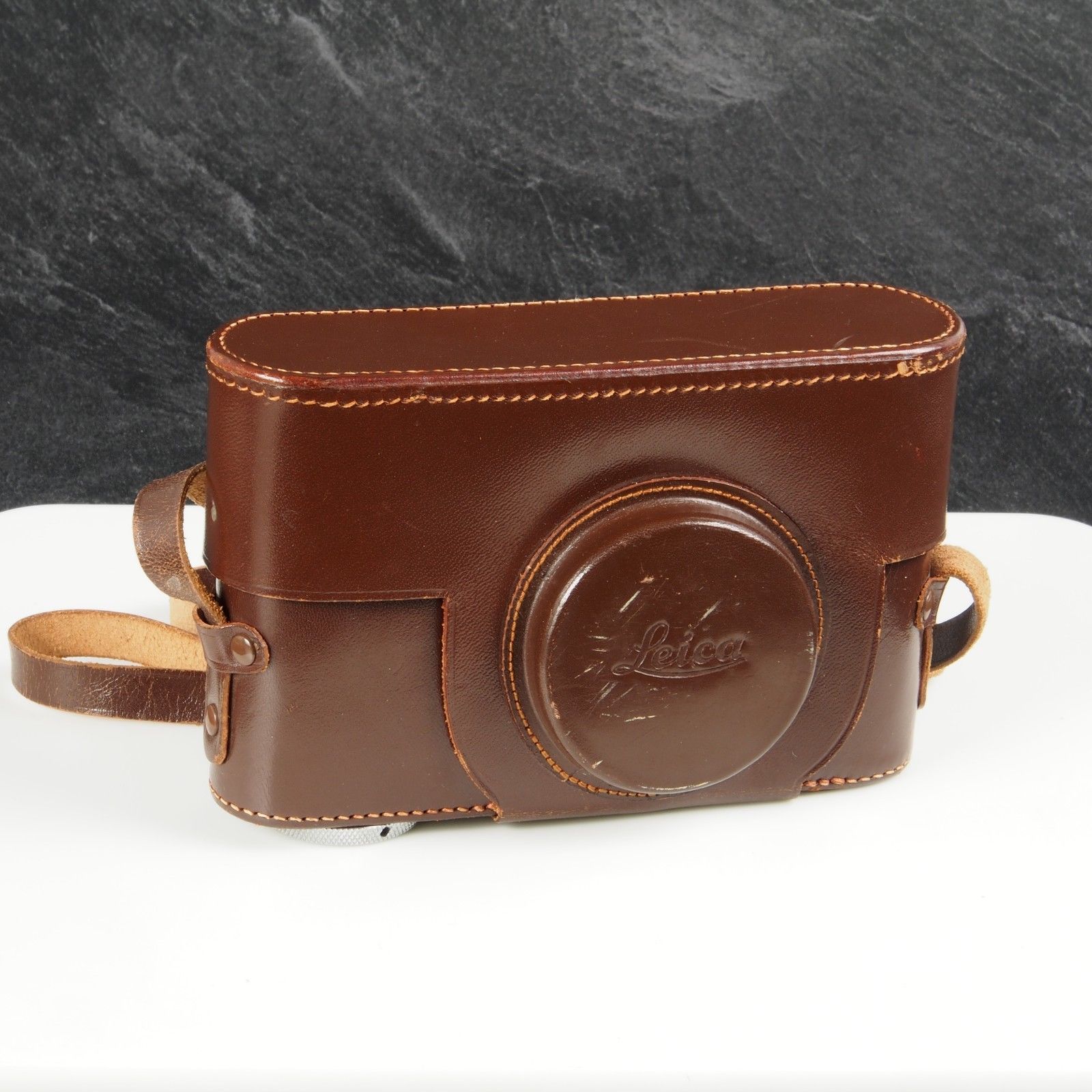

Close focus equipment
The Leica lenses at the time couldn’t focus closer than one meter (Only the ‘Leica 1 type A close focus’ could focus up to 50 cm.
Therefor Leitz came up with close focus lenses, intermediate rings, near focussing devices while maintaining focussing, repro equipment and mirror houses with bellows.



Finders
The finders and later on the range finders all were calculated for an angle of view that came with a 5 cm lens. Therefor Leitz developed several finders to be mounted in the accessory shoe. Every lens came with its dedicated finder. Also universal finders were available.

Also universal finders were available with which focal lengths of 3,5 cm up to and including 13,5 cm could be set. In earlier universal finders the subject was in mirror image. The later models showed the correct image.

Also there were rangefinders for the Leica 1 and the Leica Standard. Different models existed (horizontal and vertical).

There were waist level finders (also for different focal lengths) for a low stand point.

There were waist level finders (also for different focal lengths) for a low stand point.
With a right angle viewfinder one could secretly photograph ‘around the corner”. Models with and without rangefinder coupling exist.

Filters
Already for a long time coloured filters were used in Black and White Photography. Clouded skies could be more articulated with yellow, orange and red filters. Spots in the skin were masked by an orangefilter. With a green filter vegetation was accentuated. Leitz provided all filter types.
Also Infrared filters belonged to the assortment. Many of the lenses had an infrared point on the distance scale for the necessary focus adjustment when using infrared filters and infrared film.
The filters were clamped on the lens and as the diameter of the many lenses was the same it was very easy to use one filter on several lenses.

Sunshades
Each lens had its own specific sunshade. Depending on the angle of view the sunshade had to be narrow or wide. As in those days almost all lenses were uncoated they suffered from flare. Also the fact that the glass quality was different from what we are accustomed to nowadays caused this effect. Therefor sunshades were a must.
As not only the rear side of the lens, with its m39 thread mount, has been standardised, but also the front of the lenses (from 2,8 cm to 13,5 cm) had a standard (A36) diameter, Leitz developed a variable sunshade for the 5, 9 and 13,5 cm lenses.

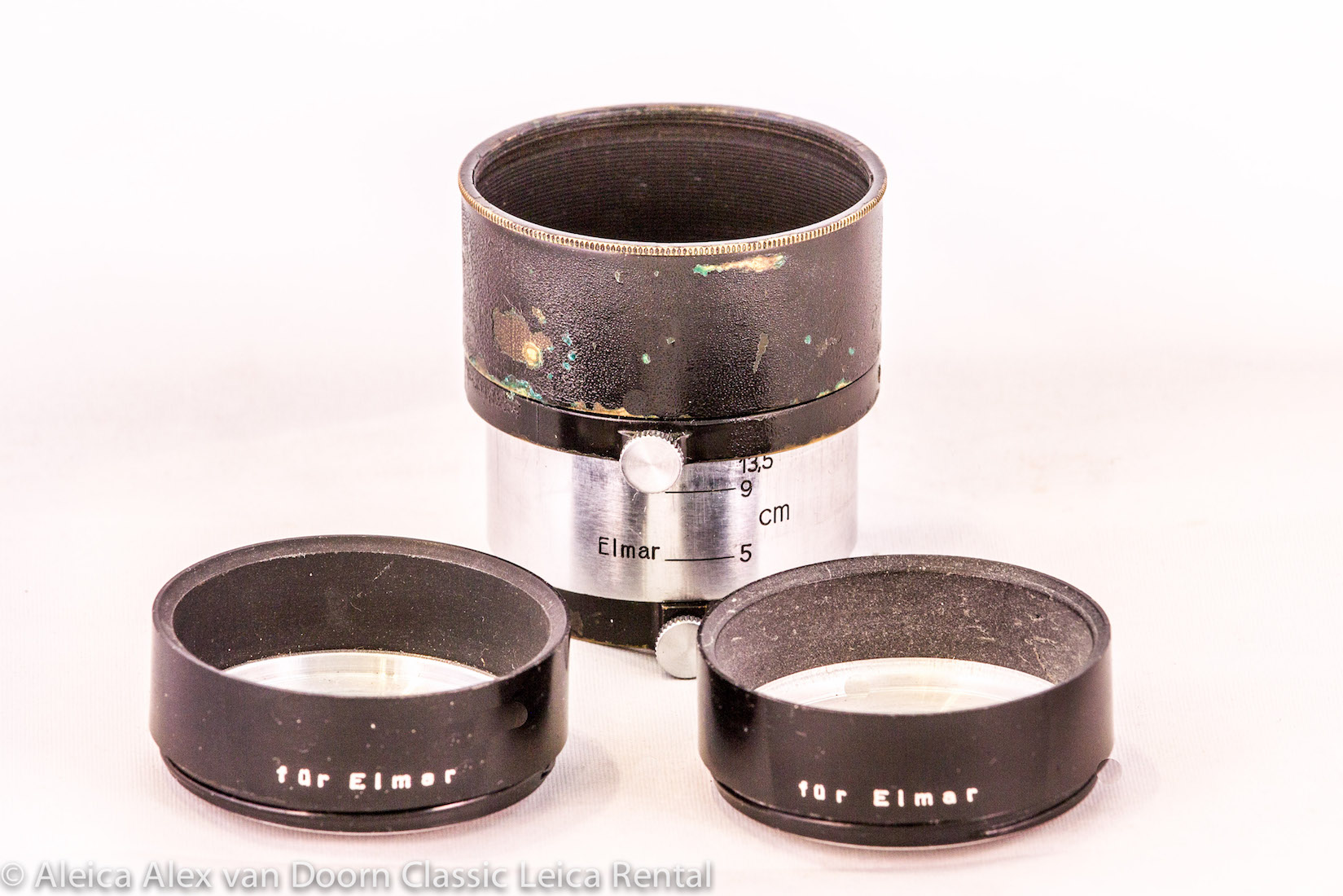
Development and printing equipment
Most amateur and professional photographers developed the film and printed the pictures themselves. Leitz wouldn’t be Leitz not to develop equipment in this area.

Special accessories
For instance
- A remote shutter release with a cable, which could also transport the film. Not to be confused with a normal cable release.

- An accessory for a left-handed to operate the release button with his left hand.
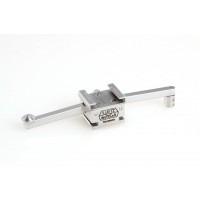
- There is a camera with which a single exposure could be made.

- Accessory for stereophotography.

8 Literature
During the years a whole lot of literature was published on the Leica.
- Leica themselves publish Leica Photography.
- For each new model books have been written.
- Hove publishes many historic books and reprints on Leica and other brands.
- Leica literature is a collector’s area in its own right. Old flyers, advertisements, users manuals, dealer catalogues, construction drawings; there is still a lot of material around.
- If you Google on the Internet you will surely find a lot of specific information.
- A standard reference work is the book of Dennis Laney ‘Leica: Collectors guide’ published by Hove Collectors books. With its 658 pages it contains a wealth of information on and pictures of all camera models, lenses and almost all accessories throughout the years. Leitz made many variations of the camera’s, special models and of course small production adjustments. All of this is clearly described. Indexes on Leica code words, article numbers and product descriptions make the book very accessible.
- One can read the history of Leica, The Leitz family, de development of the company logos, how to care for a Leica collection, what to look for when buying Leica equipment etc. etc. The book is a must for Leica collectors.

This is the history of Leica